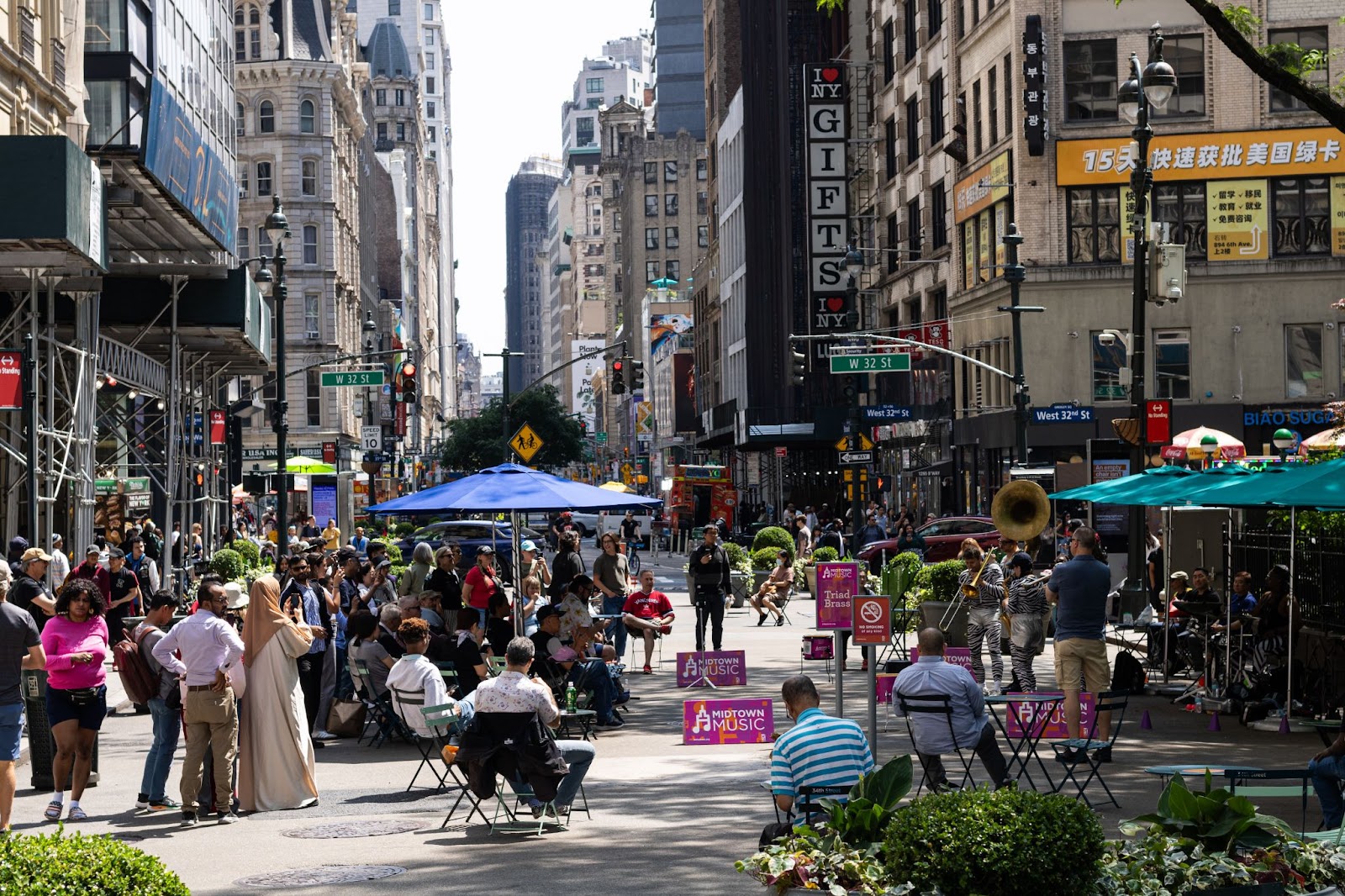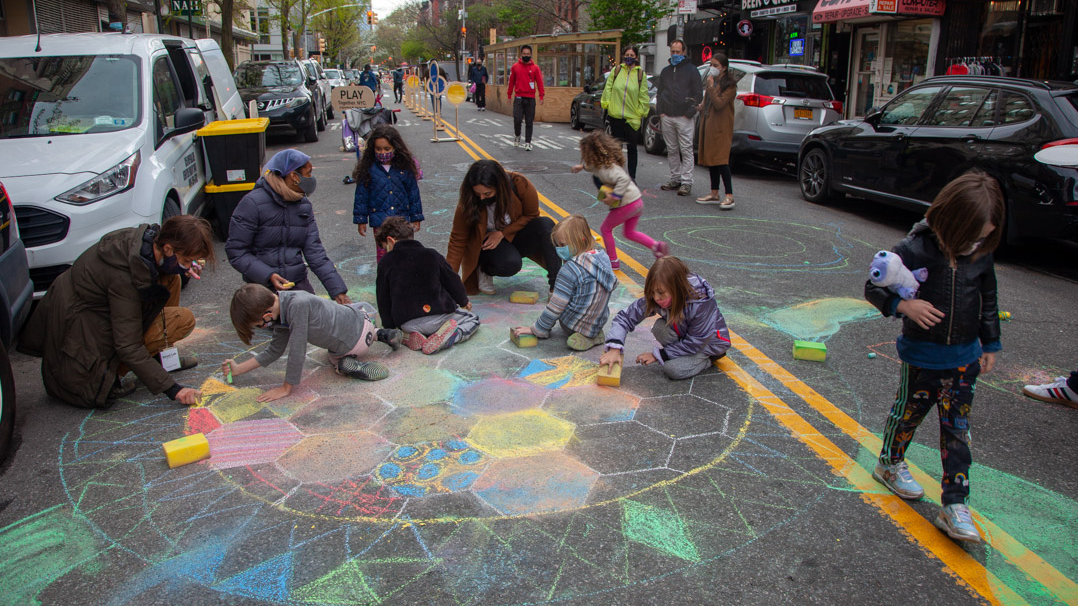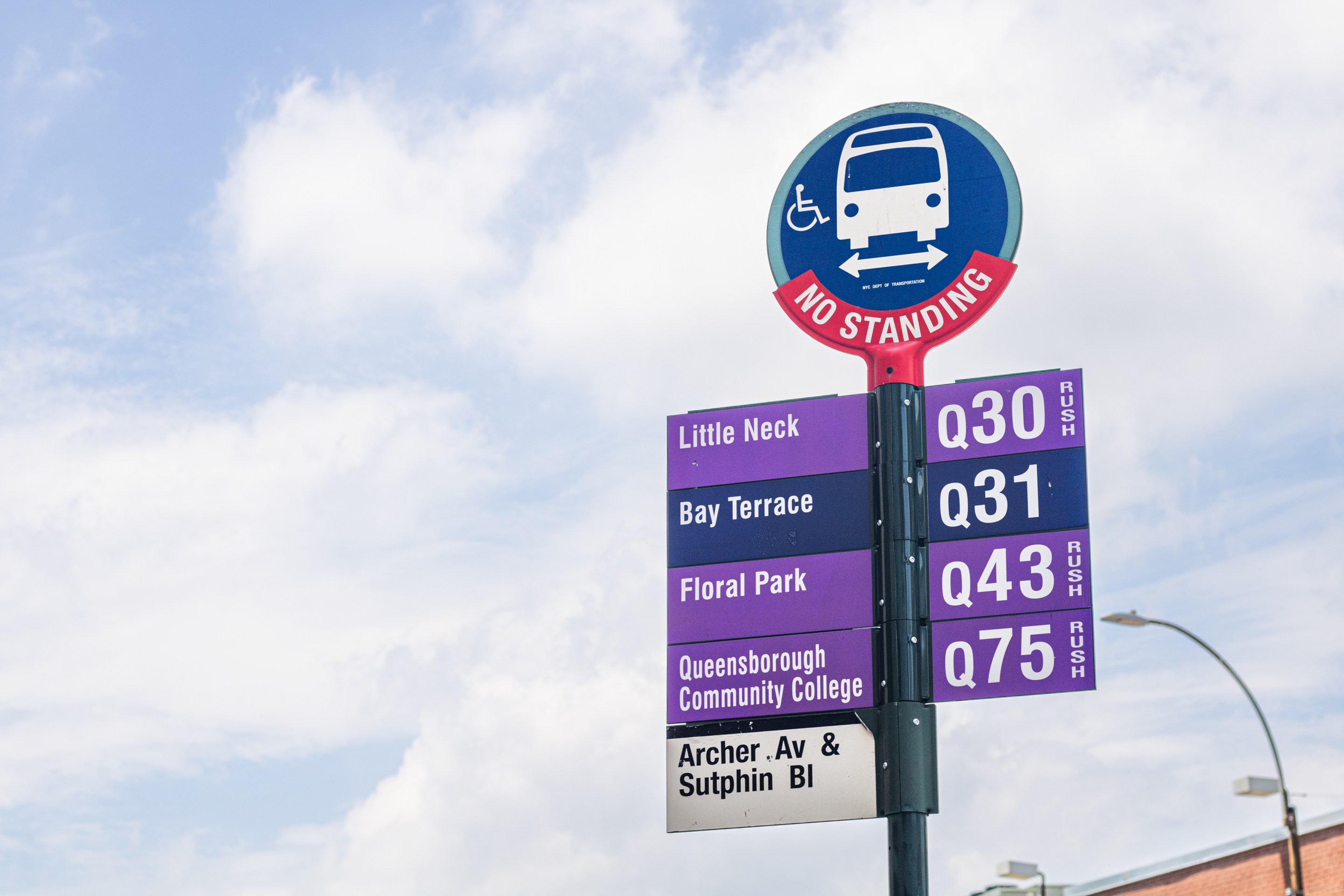 Photo: Brad Aaron
Photo: Brad AaronA Monday editorial from Crain's questioned the wisdom of sacrificing MTA head Lee Sander as part of any transit rescue plan, as rumors swirl that Governor David Paterson wants Marc Shaw to return to the agency's top spot.
While making the seemingly obvious argument that maintaining a healthy transit system is vital to the region's economy, the piece (behind the Crain's pay wall) lays blame on the Pataki administration -- during which Shaw previously served as MTA CEO -- for having "loaded up the MTA with debt that’s now coming home to roost."
[Sander] has become a target for those who believe the MTA is bloatedand wasteful. In truth, Mr. Sander has wisely streamlinedoperations and cut costs in his two years in the post. He hasn’t solvedall of the MTA’s problems. Who could in such a short time? And he hasn’t beenthe most effective politician in selling what he has done. But is thatreally a fault? Shouldn’t the job go to a seasoned transportationprofessional rather than a politician?
We asked MTA spokesman Aaron Donovan about cost-cutting measures
initiated under Sander. The list is pretty extensive. Donovan points to the following efficiencies imposed "even as demand is at levels not seen since the early 1950s": elimination of 410 administrative positions;
establishment of Regional Bus Operations, merging three companies into one; creation of a Business Service Center to "consolidate duplicative back office functions"; assignment of managers to oversee individual subway lines;
formation of a blue-ribbon panel to "encourage competition and increase
bidding on capital construction projects"; and increases in advertising
revenue "from $38 million in 1997 to $125 million in 2008."
In addition, says Donovan:
Budget increases in recent years have come from uncontrollable factorslike increases in debt service, which cost the MTA $793 million in 2002and is projected to rise to $2.3 billion by 2012. But we aresuccessfully trimming the expenses that we have control over. From 2004to 2007, the MTA reduced its controllable costs by five percent. Building on thatreduction, Lee Sander called on the MTA and its agencies to cut ourbudgets by six percent over four years. As the economic picture hasdarkened, he accelerated that six percent cut so that it is now required to takeplace over three years instead of four. All told, these cuts willresult in a cumulative 11 percent budget cut.
Crain's editors also called on local business leaders -- Republicans in particular -- as well as the Real Estate Board of New York, to get behind the "fair and equitable" Ravitch plan to bolster MTA finances.
Do the likes of, say, Carl Kruger, care about Sander's streamlining efforts as long as they can continue to cast the MTA as the villain of the funding debacle?





